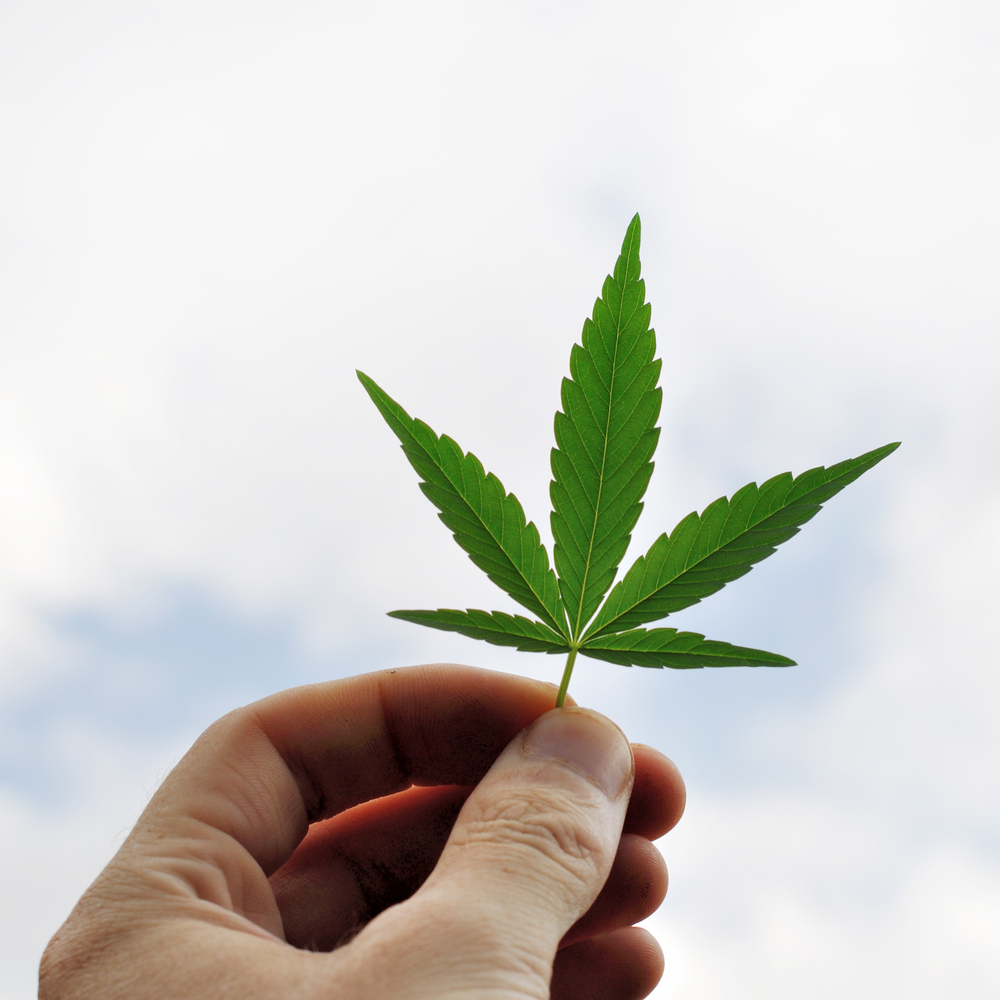The NYT's tips on spooking your kids into not smoking weed
by Rob Beschizza from on (#1DD0N)

At The New York Times, Lisa Damour tackles the changing vocabulary of talking to teens about marijuana. Once good for standard-issue parental rants about drugs 'n' crime, legalization and research are making the issue more complex. You might even have to talk about the science!
Our most successful conversations might be the ones where we join our teenagers in questioning authority - that is, discussing what legalization does, and doesn't, mean. Indeed, it's easy to be on the right side of the law and the wrong side of science. Cigarettes and tanning beds serve as handy examples of legal ways to harm yourself. Savvy consumers are expected to look to the available evidence, not legislation, when making decisions about their own health and well-being. In terms of the science of marijuana, we know that adolescence marks a critical period of neurological development and that cannabis is harder on the developing teenage brain than on the comparatively static adult brain. Specifically, studies suggest that regular marijuana use during adolescence harms the parts of the brain responsible for learning, reasoning and paying attention.
It's an odd column, mind you: still very much in the "how to win arguments with your disobedient offspring" vein. Middle-aged, middle-class America, always on the precipice of an epiphany.